Gujarat Street Food Quiz
Test your knowledge of Gujarat's popular street snacks!
1. Which snack is made from steamed gram flour and served with green chutney?
2. What is the primary base ingredient for Fafda?
3. Which city is known for adding sesame seed oil to their Fafda?
Gujarat street food is a vibrant subset of Gujarati cuisine that thrives on bustling lanes, railway stations, and market corners across the state. These quick‑serve bites combine fermentation, tempering, and a pinch of regional spice, delivering crunch, tang, or sweetness in a single bite. If you’ve ever roamed the lanes of Ahmedabad, Surat, or Vadodara, you’ve probably already tasted at least one of these iconic treats.
Why Gujarat’s Street Snacks Stand Out
Unlike many Indian snack traditions that rely heavily on deep‑fried gram flour, Gujarat’s street fare balances light steaming (as in Dhokla) with crisp roasting (think Fafda) and a distinctive sweet‑sour profile (the Jalebi swirl). The region’s climate-hot, dry, and coastal-has shaped preservation techniques, so many snacks are designed to stay fresh for hours on a hot day.
Iconic Gujarat Street Foods and Their Core Attributes
- Dhokla: steamed gram‑flour cake, light‑spongy texture, seasoned with mustard seeds, curry leaves, and a drizzle of sweet‑sour chutney; typically served with fried green chilies.
- Khandvi: thin rolls of gram‑flour batter, cooked until silky, then rolled and garnished with sesame seeds and fresh coriander.
- Fafda: deep‑fried, crispy strips made from chickpea flour, paired with tangy raw mango chutney and fried papad.
- Sev Usal: spicy sprouted bean curry topped with crunchy sev and a squeeze of lemon.
- Dabeli: spiced potato mixture stuffed into a pav (bun), coated with a sweet‑tangy chutney, and finished with pomegranate, sev, and roasted peanuts.
- Jalebi: deep‑fried wheat‑flour spirals soaked in saffron‑infused sugar syrup; best enjoyed hot.
- Gathiya: seasoned gram‑flour sticks, crisp and mildly spiced, often eaten with tea.
- Patra: rolled colocasia leaves smeared with a tofu‑spice paste, steamed, then sliced and tempered with mustard seeds.
Regional Twists: How Cities Put Their Stamp on the Snacks
Each major Gujarati city has a signature style. In Ahmedabad, Fafda is typically served with sweet chutney made from jaggery and a side of fried green chilies. Meanwhile, Surat’s version adds a thin layer of sesame‑seed oil for extra crunch. Vadodara lovers swear by the extra‑spicy Sev Usal that comes with a dash of dried mango powder (amchur). The coastal Kutch region enriches its street fare with peanuts and coconut, giving Dabeli a nuttier bite.
Comparison of Popular Street Snacks
| Snack | Primary Base | Cooking Method | Typical Accompaniment | Spice Level |
|---|---|---|---|---|
| Dhokla | Gram flour (besan) | Steamed | Green chutney, fried chilies | Mild |
| Fafda | Chickpea flour (besan) | Deep‑fried | Raw mango chutney, papad | Medium |
| Dabeli | Spiced potato mix in pav | Grilled then fried briefly | Pomegranate seeds, sev, peanuts | Medium‑High |
| Jalebi | Wheat flour batter | Deep‑fried, then soaked | None (served plain) | Low |
| Sev Usal | Sprouted beans (moth beans) | Boiled then tempered | Sev, lemon wedge | Medium |
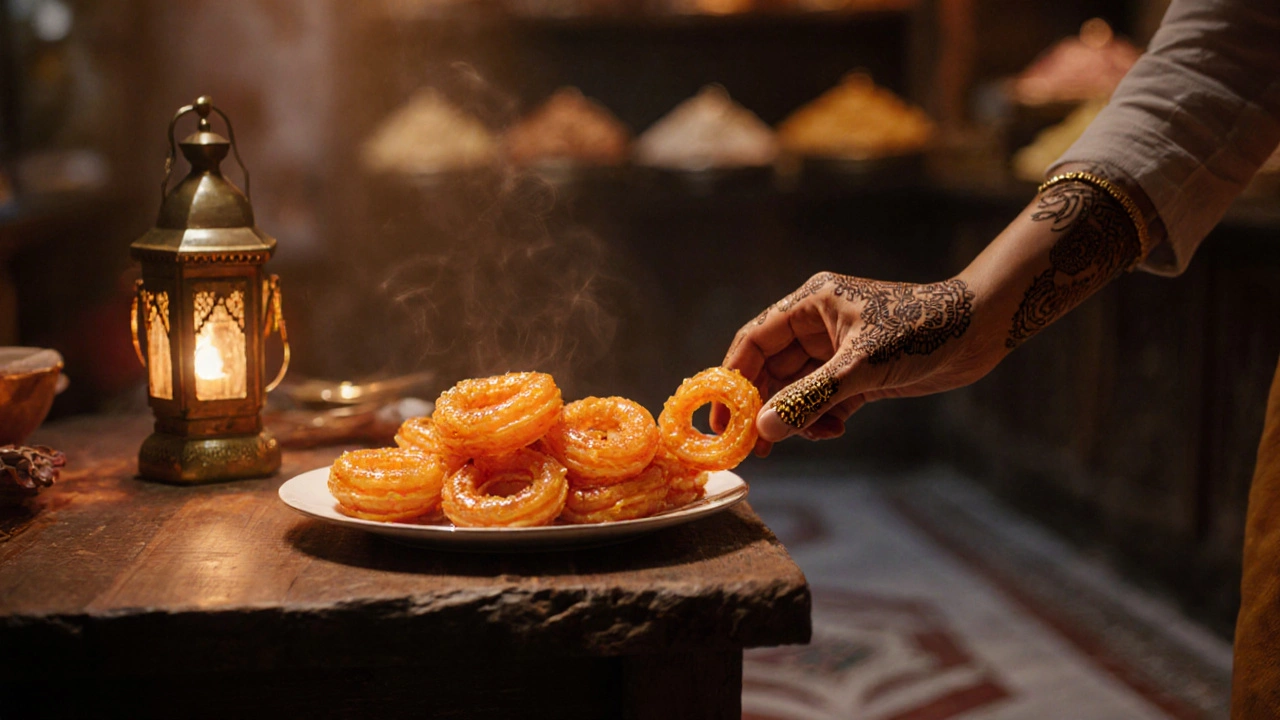
How to Experience Authentic Gujarat Street Food
- Head to a bustling market early morning. Places like Manek Chowk (Ahmedabad) or Surat’s Ghod Dod Road start serving before 9am.
- Order a combo plate. Vendors often bundle Fafda with a side of fresh Jalebi-the sweet‑savory contrast is a daily ritual.
- Ask for the local variation. Mention the city name to get the regional twist (e.g., “Surat style Dabeli”).
- Pair with traditional beverages. A glass of Chaas (buttermilk) or a hot cup of masala chai balances the spices.
- Observe hygiene. Choose stalls with high turnover-freshly fried items are a good sign of quality.
Related Concepts: Where Street Food Meets Culture
Street snacks are not just food; they’re a lens into Gujarat’s broader cultural fabric. The same time‑honored tempering used in Khandvi mirrors the rituals of festive sweets served during Navratri. During the kite‑flying festival of Uttarayan, vendors set up extra stalls offering quick energy bites like Gathiya and Patra for families on the move.
For readers hungry for deeper dives, the next logical steps include exploring “Gujarati Sweet Desserts”, “Traditional Festival Foods of Gujarat”, and “Vegetarian Cooking Techniques in Western India”.
Tips, Pitfalls, and Pro Hacks
- Seasonality matters: Some items like Sev Usal taste best when beans are freshly sprouted, usually in the cooler months.
- Spice control: If you’re new to Gujarati heat, ask the vendor for ‘mild’ version of Dabeli. The amount of green chili paste can be adjusted on the spot.
- Portion sharing: Street plates are meant for sharing. Ordering three or four different items provides a balanced tasting experience.
- Stay hydrated: The same oil‑rich snacks can be heavy. A glass of homemade lime water (nimbu pani) helps cleanse the palate.
- Budget-friendly: Most items cost between INR 15‑40 per piece, making a full combo under INR 150 for two people.
Future Trends: Modern Twists on Classic Snacks
Young entrepreneurs in Gujarat’s tech hubs are re‑imagining street food. Expect to see Vegan Dhokla using fermented rice batter, or Gluten‑free Sev Usal with quinoa sprouts. Pop‑up stalls in co‑working spaces now serve gourmet Dabeli with avocado mash and artisanal chili oil, proving that the street scene can evolve without losing its soul.
Frequently Asked Questions
What are the must‑try street foods when visiting Gujarat?
The essentials are Fafda with raw‑mango chutney, fresh Jalebi, a hot Dhokla plate, spicy Sev Usal, and the iconic Dabeli. Each offers a different texture and flavor profile, giving you a full street‑food experience.
Where can I find authentic Gujarati street snacks in major cities?
In Ahmedabad, head to Manek Chowk or the old railway station area. Surat’s Lalbaug and Ghod Dod Road host dozens of kiosks serving fresh Fafda and Jalebi. Vadodara’s Fatehgunj market is famous for its Sev Usal stalls. All operate early in the morning, before noon.
Are these street foods vegetarian?
Yes. Gujarati street cuisine is traditionally vegetarian, reflecting the region’s cultural and religious norms. Ingredients are plant‑based-gram flour, potatoes, sprouts, herbs, and spices-making them suitable for vegetarians and many vegans (though some stalls use ghee).
How spicy are Gujarati street snacks?
Spice levels vary. Dhokla and Jalebi are mild, while Fafda, Dabeli, and Sev Usal can be medium to medium‑high. Most vendors will adjust the heat on request, so you can ask for “less chilli” if you’re sensitive.
What drinks pair best with Gujarat street food?
A glass of cold Chaas (buttermilk) balances the heat and oiliness. Masala chai or a simple lime water (nimbu pani) also work well, especially in the summer heat.
Can I find gluten‑free or vegan options?
Modern stalls in urban centers increasingly offer gluten‑free Dhokla (made with rice flour) and vegan variants of Sev Usal using soy sprouts. Look for signage or ask the vendor; many are happy to customize.
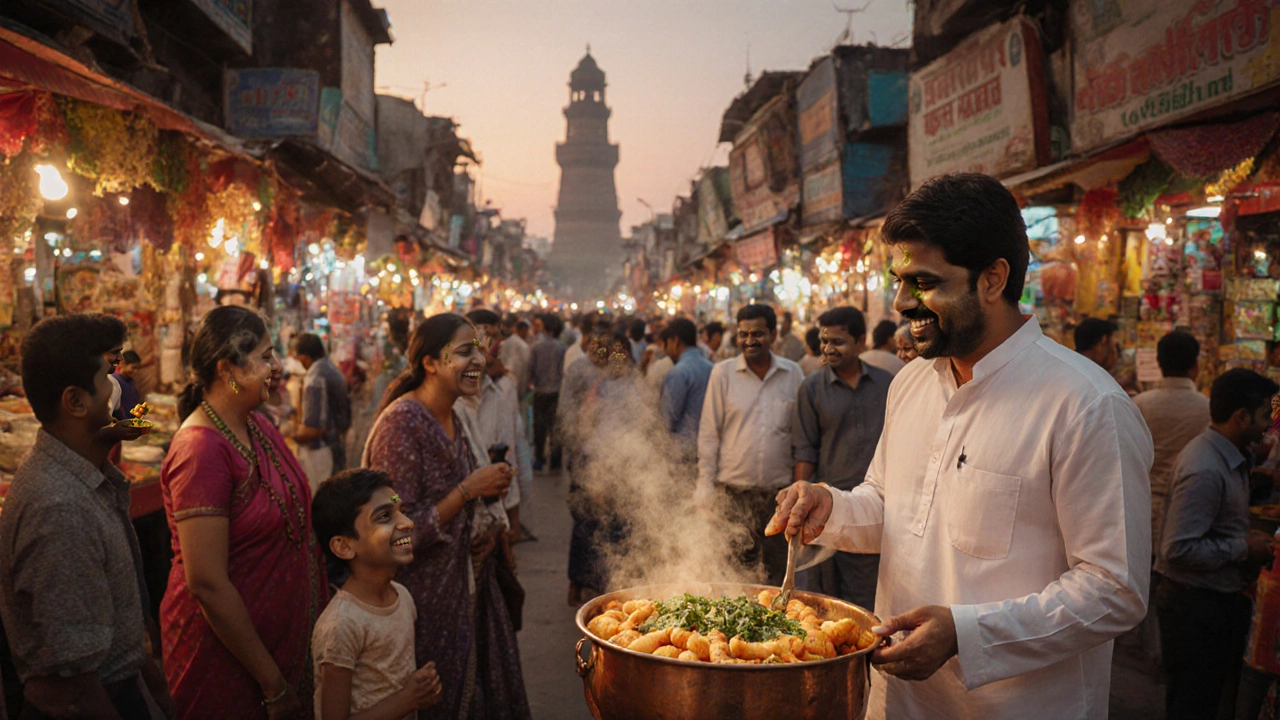
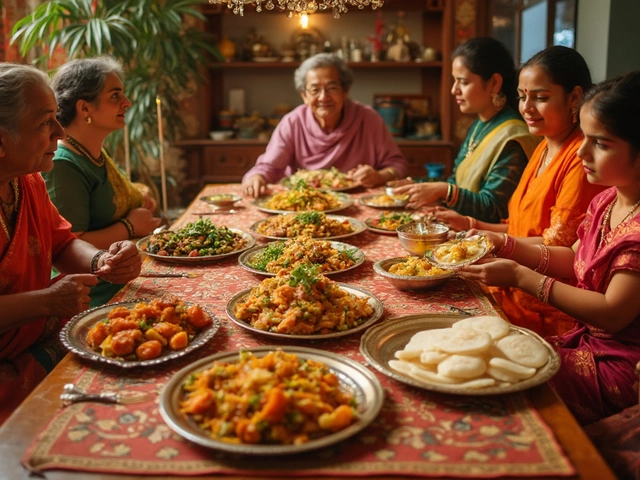
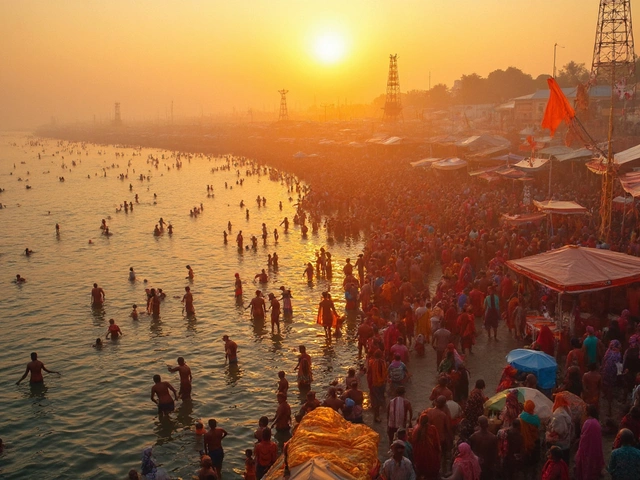
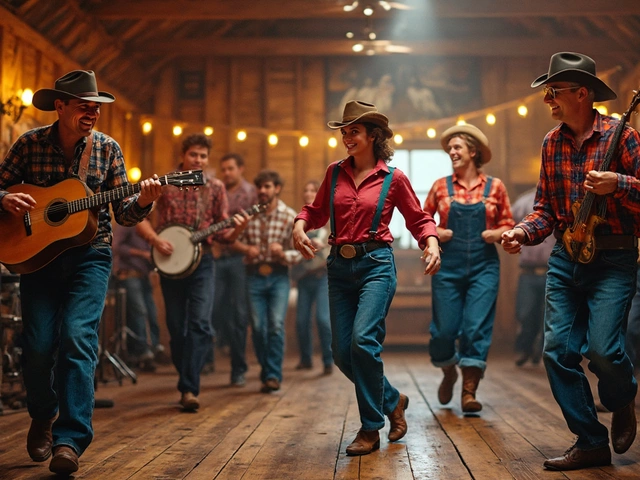


Write a comment